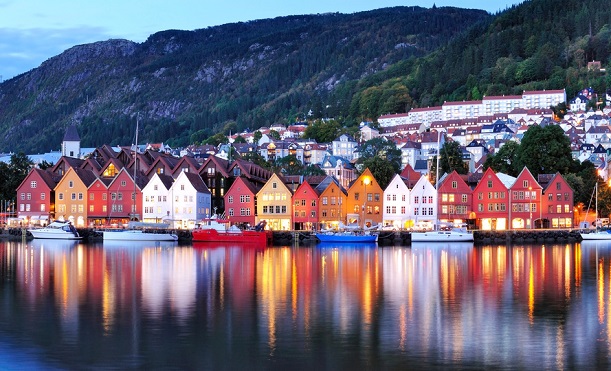Is Norway an exemplary three player market that the rest of Mobile Europe should emulate?
Norwegian mobile operator Lyse has announced it will acquire rival ICE. Lyse owns Altibox and partners with 33 fibre installers, many of them energy companies with fibre broadband networks to which Altibox sells access. According to analyst Strand Consult, Altibox has 750,000 fibre subscribers and 525,000 TV subscribers. Its broadband market share makes it almost as big as the incumbent Telenor in broadband. Lyse plans to acquire the main assets of the mobile operator ICE (Ice Communication Norge, Phonepartner Norge Holding and Ice Retail Holding) with a mobile market share of 12 percent for 5.6 billion Norwegian crowns (€550 million)
Ice hasn’t supported shareholders
“For the last 25 years, Strand Consult has studied the mobile market and followed ICE from cradle to grave. It has not been a fun journey for shareholders. ICE has overpromised and underdelivered,” said founder John Strand. ICE was born as a consequence of Telia’s acquisition of Tele2, which moved Network Norway to merge with the leftover parts of Tele2 to create what is known today as ICE. This remedy, valuing some 1.5 billion Norwegian crowns, was a necessary condition in order for Telia to be able to buy Tele2 Norway. Strand has described this as “a sweetheart deal that ICE never fully exploited.”
Norway is land of ARPU-tunity
The Norwegian mobile market yields the second highest average revenue per user (ARPU) in Europe. Given that, it is surprising that ICE has failed to gain greater market share, said Strand. “Telenor and Telia were adept at defending their position without having price wars. Many Norwegian mobile virtual network operators (MVNOs) have outperformed ICE in attracting customers,” said Strand.
Here’s Strand Consult’s 17 Talking Points About the ICE deal.



